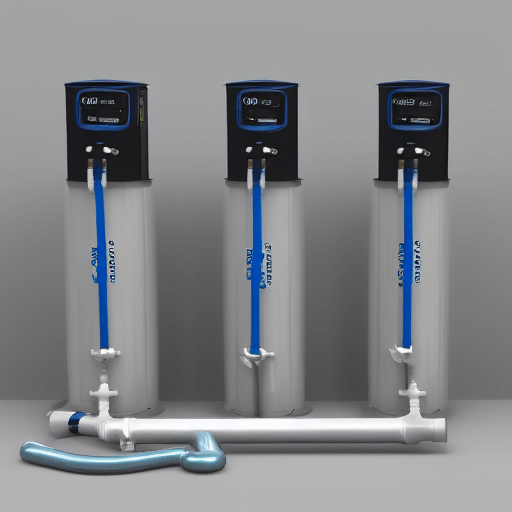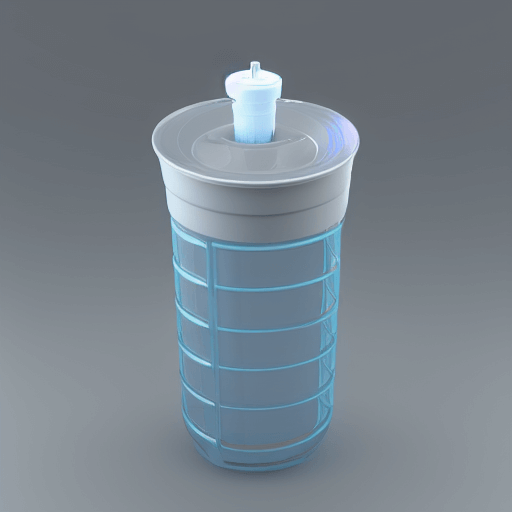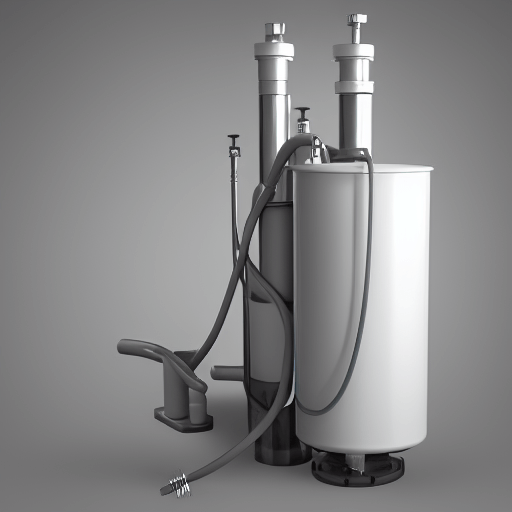How much salt for water softener?
How do you determine how much salt is needed for your water softener and how to properly maintain your system?
Let’s dive in!
We will also provide some tips on how to reduce the amount of salt needed for your softener.
So, whether you are a new homeowner who is just getting started with water softener or you’re familiar but want to make sure you’re maximizing your usage, you’re in the right place.

The amount of salt you need for your water softener will depend on the hardness of your water but generally, you’ll need about 20-30 pounds of salt per month for every 2,000 gallons of water that your softener processes.
Explain It To A Child
A standard water softener uses five to eight 40-pound bags of salt per year. The amount of salt used depends on how hard your water is, how big your softener unit is, and how much water you use each day.
You can buy a water hardness test kit from most hardware stores to determine the hardness of your water.
How to determine how much salt for water softener
A water softener is a device that is used to remove minerals from hard water. If not treated, the minerals in hard water can cause a variety of problems, such as clogged pipes and dry skin.
Generally, you’ll need about 20-30 pounds of salt per month for every 2,000 gallons of water that your softener processes.
A standard water softener uses five to eight 40-pound bags of salt per year.
As a result, many people opt to install a water softener in their homes.
The most important part of using a water softener is ensuring that the right amount of salt is used.
Too little salt will not be effective, while too much salt can damage the water softener itself.
The best way to determine the right amount of salt is to consult the owner’s manual for your specific model.
With that said, a good rule of thumb is to anticipate needing between 20-30 pounds of salt each month for about 2,000 gallons of water consumption. This will be the amount your softener needs to process.
This will give you specific instructions on how much salt to use based on the hardness of your water.

Additionally, many water softeners have built-in sensors that can automatically adjust the amount of salt based on the water conditions.
By following these instructions, you can ensure that your water softener is operating effectively and efficiently.
How long should a bag of salt last in a water softener?
A water softener is an appliance that is used to remove minerals from hard water.

So, how long should a bag of salt last in a water softener?
The salt used in the water softener helps to remove these minerals by replacing them with sodium ions.
As a result, the water softener can help to extend the lifespan of appliances and plumbing fixtures, and it can also make laundry cleaner and dishes shinier.
This depends on a variety of factors, including:
- the hardness of the water
- the size of the water softener
- the frequency of use
In general, however, a 40-pound bag of salt should be enough to last for several months.
For best results, it is important to check the level of salt in the water softener regularly and to add more salt as needed.
By following these simple tips, you can help to ensure that your water softener always operates at peak efficiency.
How much salt should a water softener use per month?

It is difficult to say how much salt a water softener should use per month because it depends on a number of factors, including the hardness of the water, the amount of water used, and the efficiency of the softener.
A general rule of thumb is that a softener should use about 1 pound of salt per 100 gallons of water softening. However, this can vary depending on the factors mentioned above.
If you are unsure how much salt your softener should be using, it is best to consult with a professional or refer to the manufacturer’s guidelines.
How many 40lb bags of salt do I need for a water softener?
A standard water softener unit typically uses five to eight 40-pound bags of salt per year.
The amount of salt used depends on the hardness of your water, the size of your softener unit, and the amount of water you use on a daily basis.
If you have a family of four that uses 300 gallons of water per day, for example, you would need to use two 40-pound bags per week.
You can check the manufacturer’s recommendations for your specific unit to get a more accurate estimate of how much salt you will need.
It’s also a good idea to keep a few extra bags on hand in case of emergencies. This way, you can be sure that your water softener will always have enough salt to function properly.
Tips on how to reduce the amount of salt needed for your softener
One way to reduce the amount of salt needed for your softener is to use a water pre-treatment system.
- This system will remove some of the minerals from your water before it reaches the softener, reducing the amount of salt required to achieve the same results.
- Another way to reduce the amount of salt needed for your softener is to regularly clean the unit.
- Over time, mineral deposits can build up on the softened lines and in the brine tank, making it necessary to use more salt to achieve the same results.
By regularly cleaning your softener, you can help ensure that it runs more efficiently and uses less salt.
How to properly maintain your water softener
Water softeners are an important part of any home, but they require regular maintenance to stay in good working condition.
One of the most important things to do is to regularly check the salt level in the brine tank.
If the salt level gets too low, it can cause the water softener to regenerate less often, which can lead to hard water buildup.
In addition, it’s important to regularly clean the brine tank and the resin bed.
This will help to remove any dirt or sediment that could clog the system.
Finally, be sure to keep an eye on the filters and replace them as needed.
By following these simple steps, you can help ensure that your water softener will continue to work properly for years to come.
Article Sources
Jacks of Science sources the most authoritative, trustworthy, and highly recognized institutions for our article research. Learn more about our Editorial Teams process and diligence in verifying the accuracy of every article we publish.
